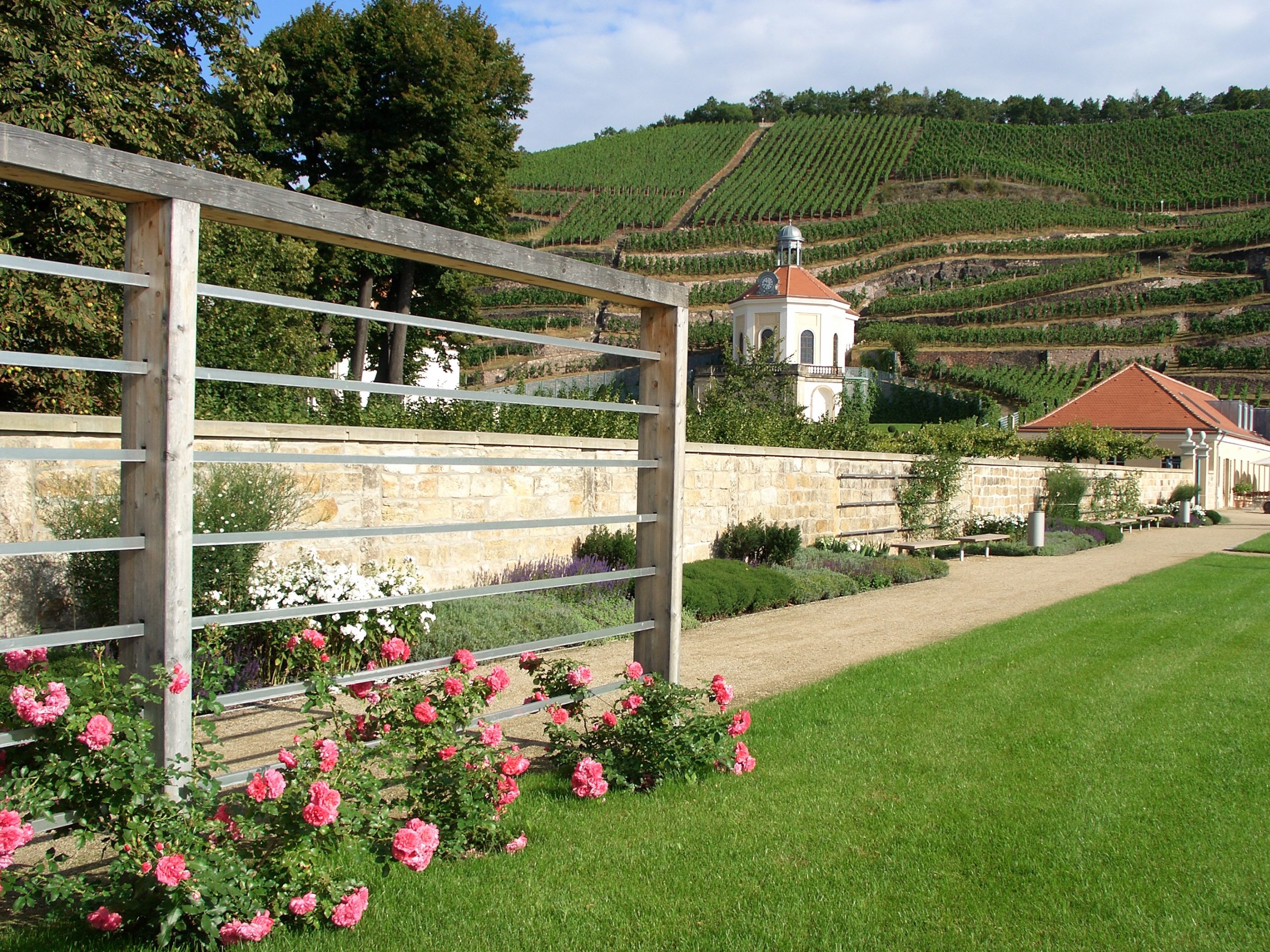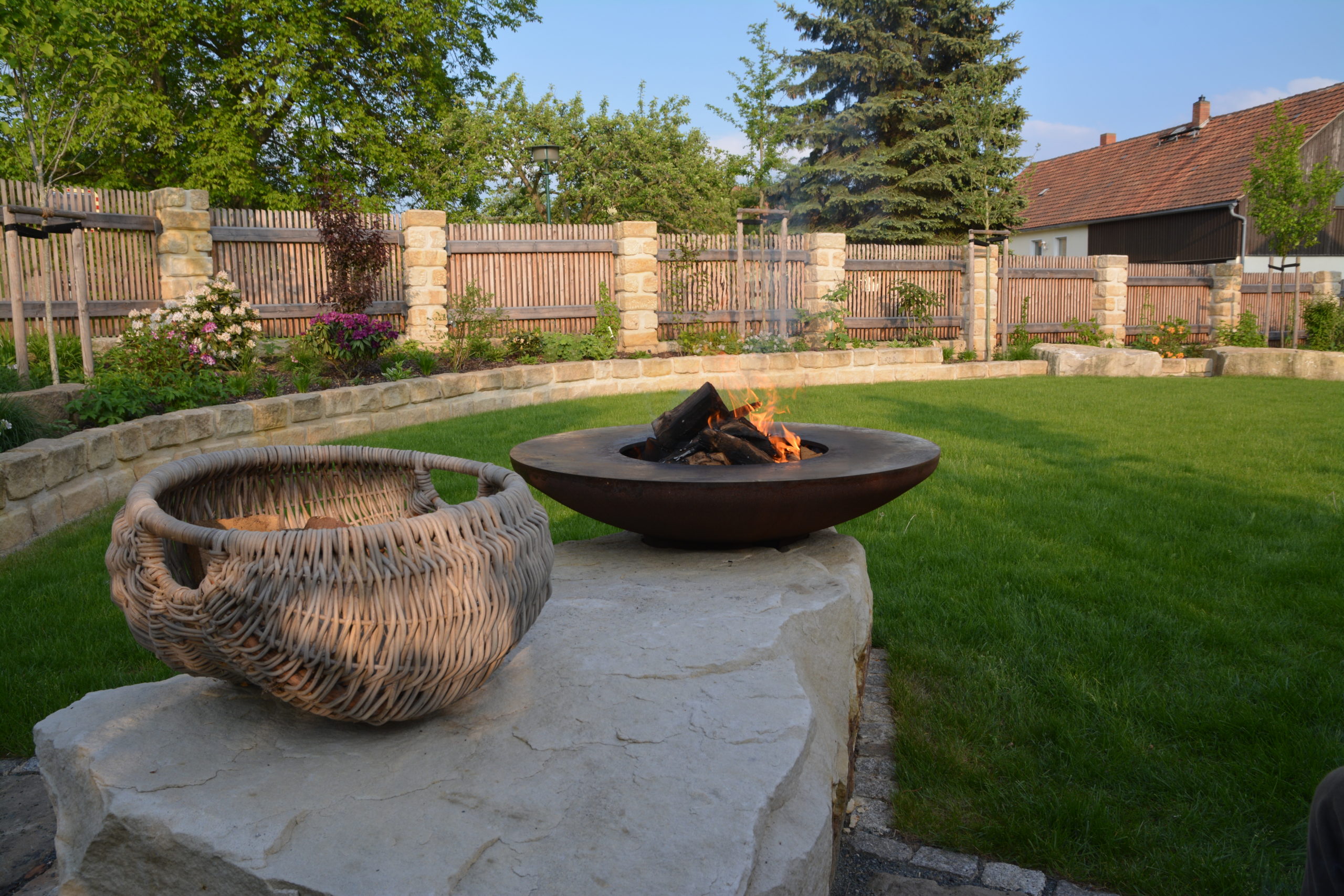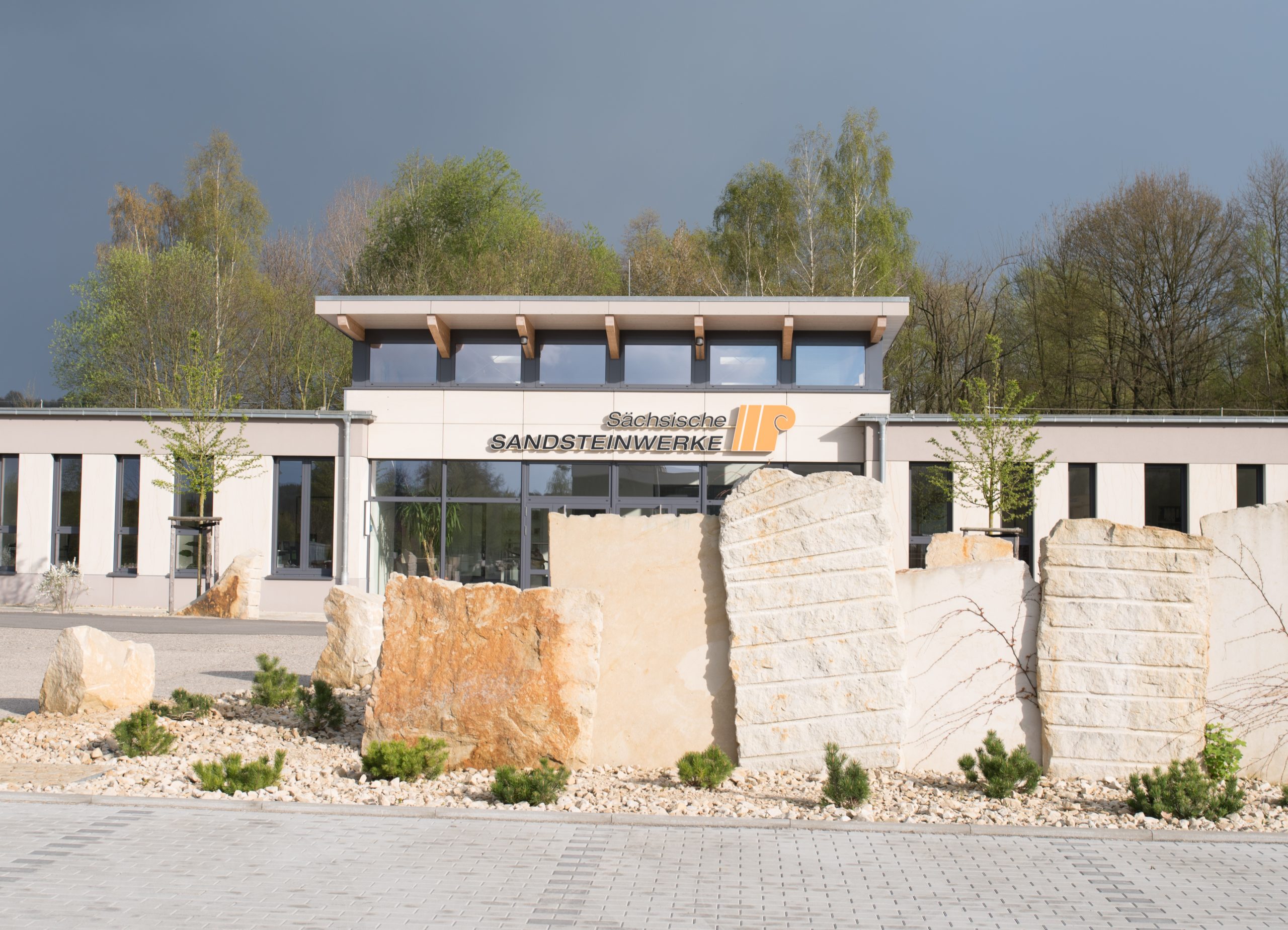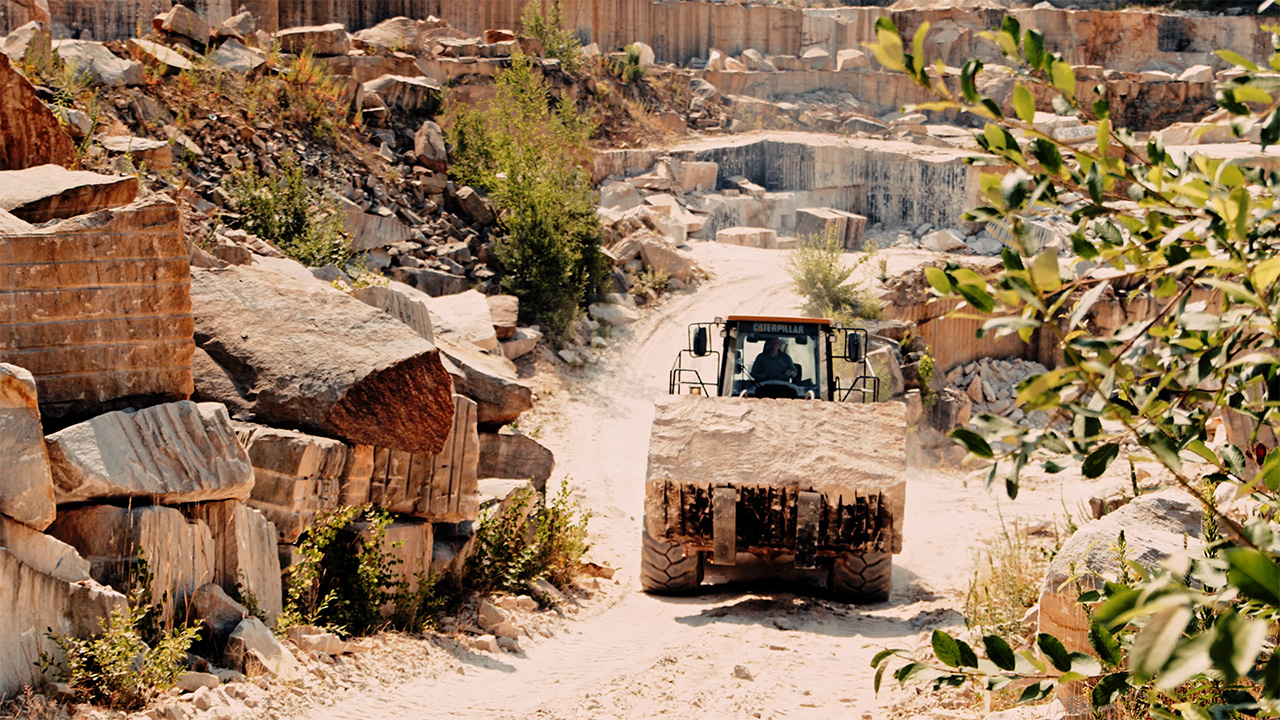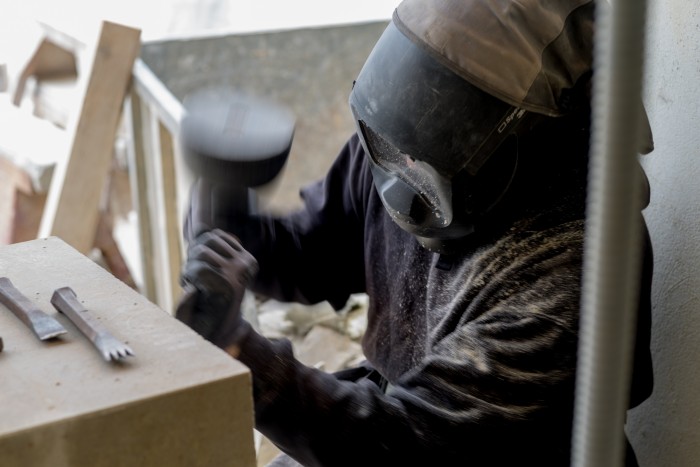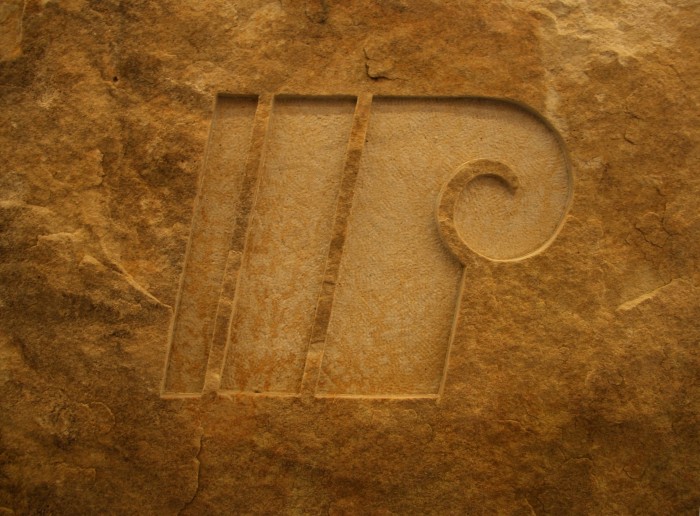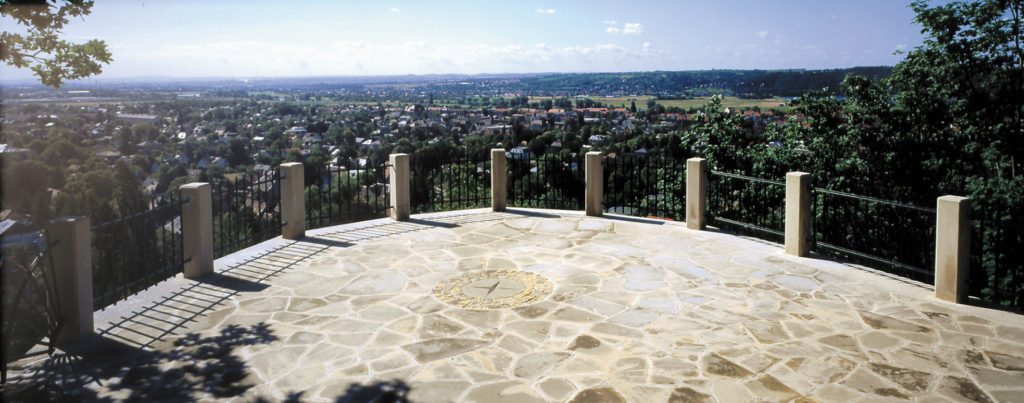FROM OLD TO NEW...
Sustainability and recycling are now an integral part of our everyday lives and also play an increasingly important role. You should also fall back on a sustainable concept when designing your garden. This is no problem with our quarry stone or polygonal slabs made of regional sandstone.
What are and how are fracture plates formed?
Broken plates are so-called "incidental products" that are not produced specifically, but occur during the ongoing production process. They are usually not definable in size, shape and quality and are only available according to availability. They are often also referred to as polygonal slabs, although there are small but subtle differences between them and quarry slabs. The term 'polygonal' comes from the Greek and means polygonal. Polygonal slabs are variably manufactured slabs, but they are subject to certain regulations regarding their shape, and quarry slabs are usually made from residual blocks. Basically, it can be said that all polygonal slabs are break slabs, but not all break slabs can be called polygonal slabs.
We offer quarry slabs of regional sandstone, which are 4-6 cm thick and are sawn on 2 sides, i.e. the surface and underside are diamond-sawn in parallel and the edges are broken. Depending on the case, you can find us different individual sizes, which are available for a price of 35-45€ per square meter.
Why use break plates for design?
Quarry slabs of natural stone convince with their original material, which conveys a near-natural and almost unique flair. The lack of straight lines and the "orderly chaos" creates a dynamic and moving overall picture. This is precisely what makes it stand out from other, artificial products.
The use of broken slabs is particularly suitable if you are aiming for a Mediterranean flair in your garden design. The asymmetrical, individual shape and the seemingly disorderly grouting pattern form an accentuated and prominent design element.
Quarry slabs made of sandstone are particularly suitable for outdoor use as patio slabs or for path design due to their frost-proof and non-slip properties. In addition, the sandstone convinces with its warm and bright colors. Speaking of warm - this natural stone also conveys a warm surface feeling and is therefore ideal for a swimming pool or pool surround.
How to lay "broken" sandstone?
As already mentioned, quarry slabs are best used outdoors for floor design. A distinction is made between unbound (loose in sand or chippings) or bound laying (on a mortar bed). For the construction of a terrace, the bound variant is usually the first choice. The reason for this is the sealed surface, which prevents the penetration of water and the growth of weeds.
In both cases, whether bound or unbound, the substrate must first be prepared. After excavating the soil, you should sufficiently compact the subsoil. Here, make sure that the slope is 2-3%, so that the surface water can drain away properly. Attention - the slope should move away from the house.
Afterwards, you should sort, clean and, if necessary, cut your quarry tiles. No matter whether sorted by size or color, you should test your surface beforehand. Think of it as an XXL puzzle. Individual stones that need to be suitably shaped can be processed, for example, with an angle grinder (Flex).
Another step, which is optional, however, depending on the application, is the installation of curbs. They are ideal for a terrace edging, as they provide the necessary support and a beautiful appearance. Nevertheless, the rule here is - everything can, nothing must. Even a terrace with uneven finishing edges, without curbs, can convey a Mediterranean style.
Now we finally come to the laying. For the bonded version, a base layer of mortar is now applied to the substrate and smoothed. Now press their stones a little and always leave 3-5cm distance to get the special look. It is best to carefully tap the quarry tiles into place with a rubber mallet. It is best to use a protective board to avoid cracks.
Finally, the bound variant is still properly grouted and excess material is removed by a final cleaning.
You want to transform your garden into an oasis with Mediterranean flair?
We from the Sächsische SANDSTEINWERKEN are the right contact in the field of natural stone. Contact us and we will be happy to advise you on your project.
